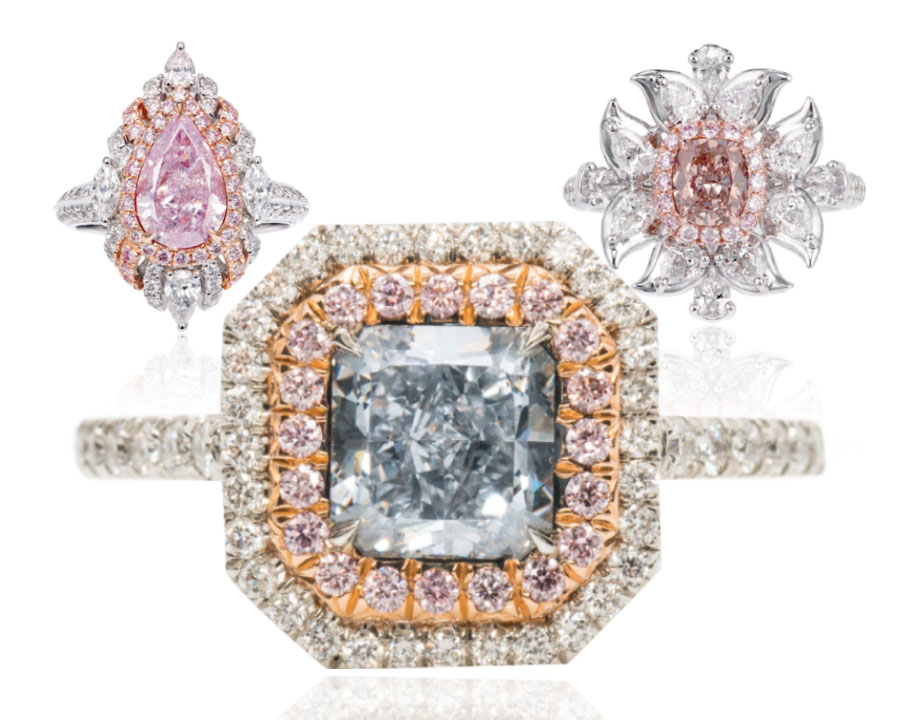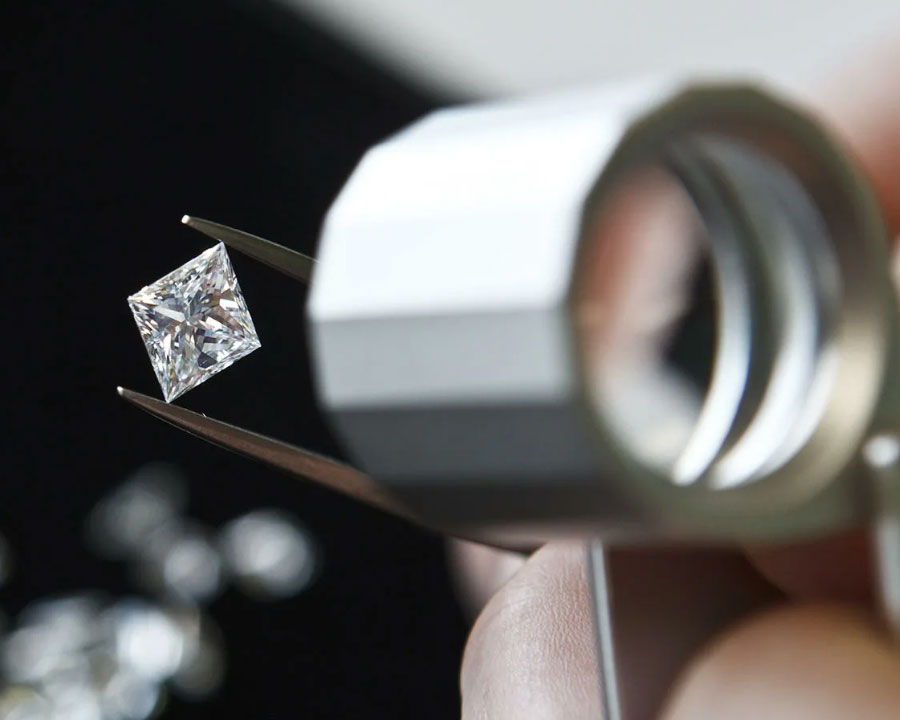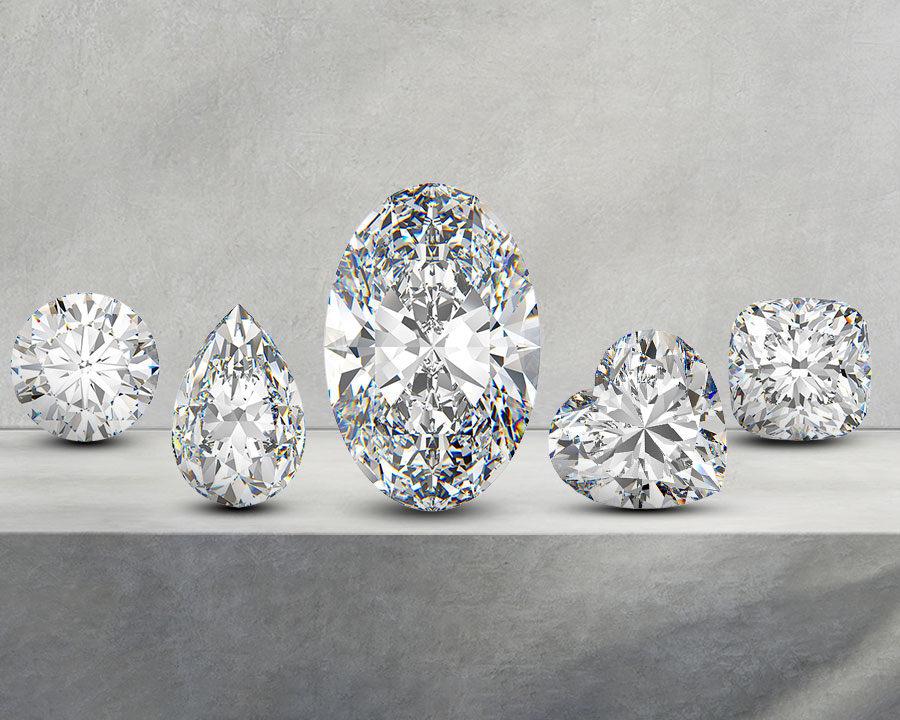All about jewelry appraisal
Have you ever heard of the jewelry appraisal process? Do you understand the value of this document and why it is so important? In the following article, we will tell you everything you need to know about jewelry appraisal.

Different Types of Jewelry Appraisals
There are several different types of jewelry appraisals that can be done to determine their value and features. Here are some of them:
1. Market: This type of valuation determines the value of a piece of jewelry in the current market. It takes into account factors such as supply, demand, trends and competition. Market valuation gives an indication of how much you can expect to get when selling or replacing a product.
2. Insurance: This estimate determines the cost of replacing a piece of jewelry in the event of loss, theft, or damage. It takes into account the cost of replacing a product with a new, similar product under current market conditions. An insurance appraisal helps determine the insurance premium and ensure adequate compensation in the event of a loss.
3. Antique: This type of valuation applies to antique or historic jewelry. It takes into account the age, uniqueness, condition and origin of the item. An antique appraisal helps determine the historical and collectible value of an item.
4. Engraving: This appraisal is done to determine the cost of engravings and embellishments on jewelry. It takes into account the complexity and quality of the engraving, the materials used and the professionalism of the master.
5. Gem Appraisal: This type of appraisal focuses on the appraisal of individual gemstones in a piece of jewelry. It takes into account factors such as weight, color, clarity, cut and origin of the stones. The appraisal of gemstones helps determine their quality and value.
Let's talk about the evaluation of precious stones, how it happens and what factors are taken into account in order to better understand this process. The appraisal includes a different aspect of the jewelry that the appraiser will look at.
Gemstone Appraisal Process
The first step is to determine the type of stone. It can be a diamond, emerald, ruby, sapphire or other precious stone. With the help of certain methods, such as visual inspection and laboratory tests, specialists determine the exact type of stone.
Next, for colored stones such as emeralds or sapphires, it is important to determine their color characteristics. Appraisers use color scales and specialized tools to determine the stone's color and intensity.
An important item for most stones is the assessment of cleanliness, which includes determining the presence of inclusions, cracks or other defects. Appraisers use loupes or microscopes to look at the stone in detail and determine its clarity.
The cut and shape of the stone is also evaluated, it affects its brilliance, radiance and overall appearance. Appraisers analyze the cut of a stone and evaluate its quality, symmetry, and polish. The shape of the stone is also taken into account, such as round, oval, princess and others.
The weight of a stone is measured in carats, and this is an important factor in its valuation. Appraisers use special weight tools to determine the exact weight of a stone. The size of the stone is also measured in millimeters.
In the case of rare or valuable stones, it may be important to establish their origin, as this may affect their value. Specialists can use information about the place of extraction and the characteristic features of the stone to determine its origin.

Appraisals vs Grading
After determining all of the above characteristics, appraisers determine the value of the stone. To do this, they may use a variety of valuation methods, including comparison with similar stones on the market, using expert knowledge and experience, and taking into account current gem prices.
Upon completion of the appraisal process, the appraiser prepares a detailed report that contains information about the characteristics of the stone, its value and other important details. This appraisal document can be used for a variety of purposes, including insurance, sale, purchase, or appraisal of a piece of jewelry.
It is important to note that the gemstone appraisal process requires professional skills and experience. Gemologists, gemstone specialists and certified appraisers often carry out appraisals. They use specialized tools and methods to ensure the accuracy and objectivity of the assessment.
As a rule, the valuation of gemstones provides owners with information about the value of their jewelry, and also serves as the basis for making decisions about the sale, insurance or other financial transactions. Also, the assessment can be useful for identifying fakes, determining the authenticity of stones and establishing their history.
Most jewelry can be valued relatively easily. For example, items without stones made of platinum, gold or silver can be valued by weighing and determining their value based on the current market prices for these metals. In the case of stones, the evaluation process becomes easier if they have certificates. However, grading can become more difficult when the piece of jewelry contains indistinguishable stones, unusual cuts or shapes, and antiques. It is also important to carefully inspect damaged parts, as their initial assessment may no longer be up to date. In any case, it is always a good idea to seek a second opinion before selling or buying a valuable item, especially if the item is of significant value.

If you want to buy a jewelry piece with a natural stone, then Kantor Jewelry will be happy to help you find the best gemstone and create a unique jewelry piece with a custom design. We will create a unique ring with a natural gemstone for your budget. We don't buy stones wholesale, we look for the best, most beautiful and profitable personal option for our clients. We seek out special stones for your request until you are satisfied.
Kantor Jewelry will help you to find the best setting option for your stone so it can please you with its beauty for many years as a part of a unique jewelry piece that will be passed from generation to generation.
























































